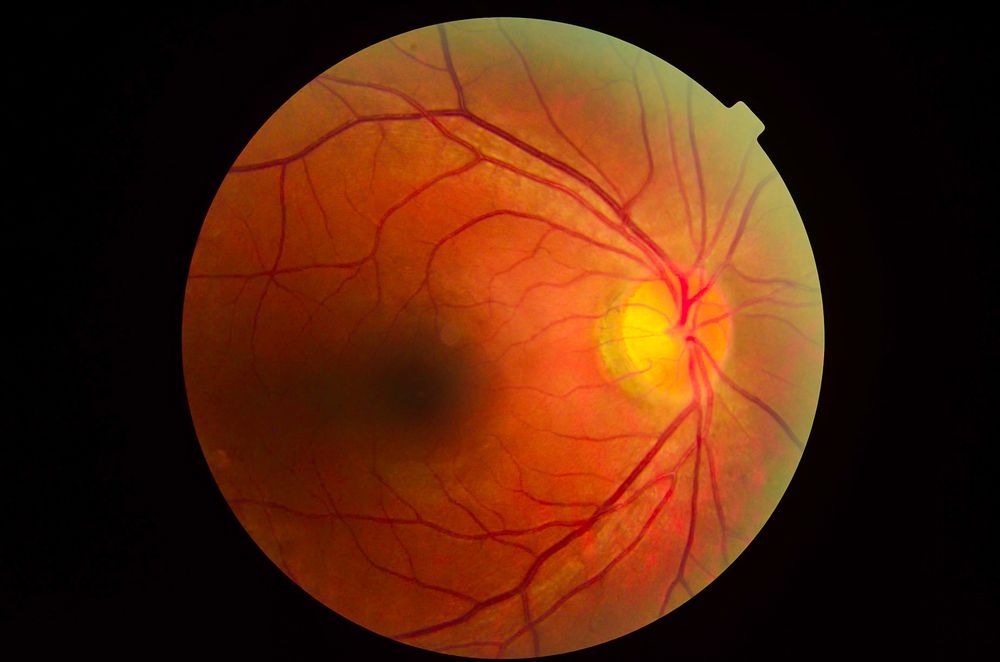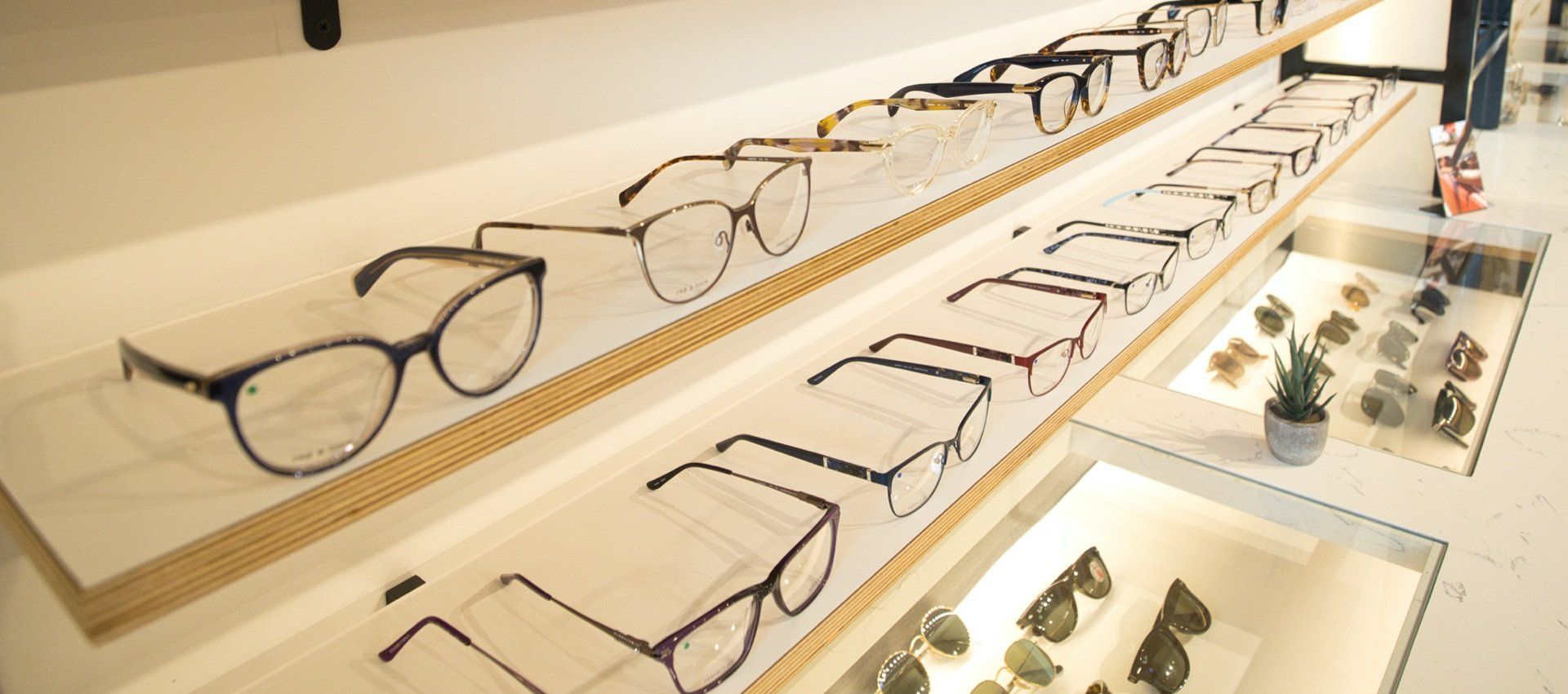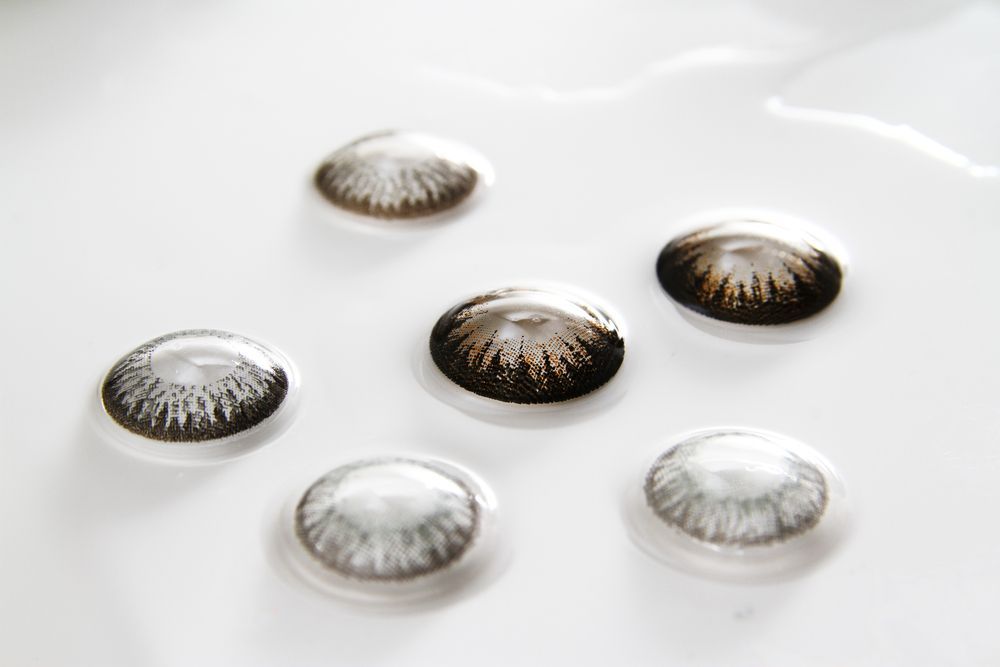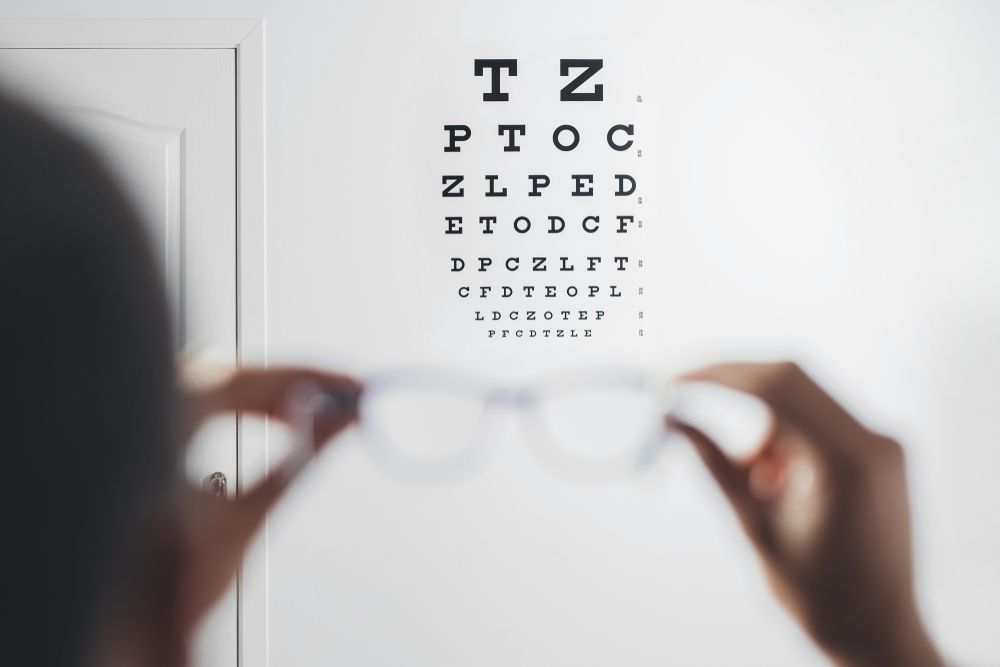Protecting Your Eyesight During National Diabetes Awareness Month
Every November, National Diabetes Awareness Month reminds us of the importance of proactive health care — and that includes eye health. Diabetes doesn’t just affect blood sugar; it can also have a profound impact on your eyes and your long-term vision. In fact, diabetes is one of the leading causes of preventable blindness in adults.
At Blake Bush Family Eye Care, we see firsthand how early detection and consistent care can make all the difference. Understanding how diabetes affects your vision — and what you can do about it — is key to preserving your sight for a lifetime.
How Diabetes Impacts the Eyes
Diabetes affects the body’s ability to process glucose, or sugar, effectively. Over time, high blood sugar levels can damage small blood vessels throughout the body — including the delicate vessels in your eyes.
This damage often begins silently. You may not notice any vision changes until the condition has already progressed. That’s why regular comprehensive eye exams are so important for patients living with diabetes.
Let’s look at the most common eye conditions linked to diabetes.
1. Diabetic Retinopathy: The Most Common Diabetes-Related Eye Disease
Diabetic retinopathy occurs when high blood sugar damages the tiny blood vessels in the retina — the light-sensitive tissue at the back of your eye.
Over time, these blood vessels can leak fluid or blood, causing swelling, scarring, and eventually, vision loss. In more advanced stages, the retina tries to grow new blood vessels, but these fragile vessels can lead to further bleeding and retinal detachment.
Symptoms may include:
- Blurred or fluctuating vision
- Dark or empty spots in your field of view
- Poor night vision
- Sudden vision loss (in advanced cases)
Key fact: You can have diabetic retinopathy and experience no symptoms at all — until significant damage has occurred.
Early detection through retinal imaging or OCT scans is the best way to catch these changes before they threaten your sight.
2. Diabetic Macular Edema (DME)
Diabetic macular edema develops when damaged blood vessels leak fluid into the macula — the part of your retina responsible for sharp, central vision.
When the macula swells, reading, recognizing faces, or seeing fine details becomes difficult.
Treatment options may include laser therapy, anti-VEGF injections, or corticosteroids to reduce swelling. However, preventing macular edema starts with maintaining stable blood sugar and getting annual diabetic eye exams.
3. Glaucoma and Diabetes
People with diabetes are twice as likely to develop glaucoma — a disease that damages the optic nerve, often due to increased eye pressure.
The most common form, open-angle glaucoma, develops gradually and painlessly. Vision loss typically starts at the edges and moves inward.
Routine eye exams can detect early signs of glaucoma, allowing treatment to begin before noticeable vision loss occurs. Treatments may include medicated eye drops, laser therapy, or surgery.
4. Cataracts and Diabetes
Cataracts, or clouding of the eye’s natural lens, tend to appear earlier and progress faster in people with diabetes.
Elevated blood sugar can cause deposits to build up inside the lens, scattering light and reducing clarity.
Fortunately, cataract surgery is highly successful, restoring clear vision in most cases. But delaying surgery or ignoring symptoms can make daily activities — like driving or reading — more difficult and unsafe.
How High Blood Sugar Affects Vision Day-to-Day
You don’t need to have an eye disease to experience vision changes from diabetes. Short-term spikes or drops in blood sugar can cause blurry vision, double vision, or difficulty focusing.
When your blood sugar fluctuates, the eye’s lens can swell or shrink, temporarily changing its shape — and therefore, your ability to see clearly.
If your vision changes frequently throughout the day, it may be a sign that your blood sugar isn’t as stable as it could be. Tracking these fluctuations and discussing them with your optometrist can provide valuable insight into your overall health.
The Importance of Regular Diabetic Eye Exams
The American Diabetes Association recommends that everyone with diabetes receive a comprehensive dilated eye exam at least once per year.
At Blake Bush Family Eye Care, diabetic eye exams include advanced imaging technology designed to detect even the earliest signs of disease.
These tools help our doctors identify changes before they impact your vision — often years before symptoms develop.
What You Can Do to Protect Your Eyes from Diabetes-Related Damage
Eye health and diabetes management go hand in hand. Here are practical steps to protect your sight:
1. Keep Blood Sugar in Range
Stable blood sugar prevents the small blood vessels in your eyes from swelling and leaking. Work closely with your healthcare team to maintain your target range.
2. Manage Blood Pressure and Cholesterol
High blood pressure and cholesterol amplify your risk of diabetic eye disease. Regular checkups and medications can help control both.
3. Quit Smoking
Smoking increases inflammation and accelerates blood vessel damage — especially in diabetic patients. Quitting has almost immediate benefits for your circulation and eye health.
4. Stay Active
Regular physical activity improves blood sugar control, circulation, and overall wellness. Even a 20-minute walk after meals can make a difference.
5. Get Regular Eye Exams
Annual diabetic eye exams are your strongest defense against vision loss. Early detection means more treatment options and better outcomes.
Treatment Options for Diabetic Eye Diseases
If you’re diagnosed with diabetic retinopathy or related conditions, you still have effective treatment options.
Depending on your needs, Dr. Bush and Dr. Ybarra may recommend:
- Laser treatment to seal leaking blood vessels.
- Injections that reduce retinal swelling and block abnormal vessel growth.
- Medication management to reduce intraocular pressure.
- Coordinated care with your primary physician or endocrinologist for systemic control.
Modern treatment can significantly slow — or even stop — the progression of diabetic eye disease when caught early.
What Makes Blake Bush Family Eye Care Different
At Blake Bush Family Eye Care, our approach is proactive, not reactive. We use the most up-to-date diagnostic tools to detect subtle changes before vision loss occurs.
Our team takes the time to explain every step of your care, from imaging to treatment options, so you feel confident and informed.
Whether you’ve been managing diabetes for years or were recently diagnosed, our goal is to help you enjoy clear, healthy vision for life.
Protect Your Vision Today
November is the perfect time to prioritize your eye health. A comprehensive diabetic eye exam can detect changes early — when treatment is most effective.
If you or someone you love has diabetes, don’t wait for symptoms to appear. Schedule your exam at Blake Bush Family Eye Care in Ardmore, Oklahoma and take the first step toward protecting your sight for a lifetime.











